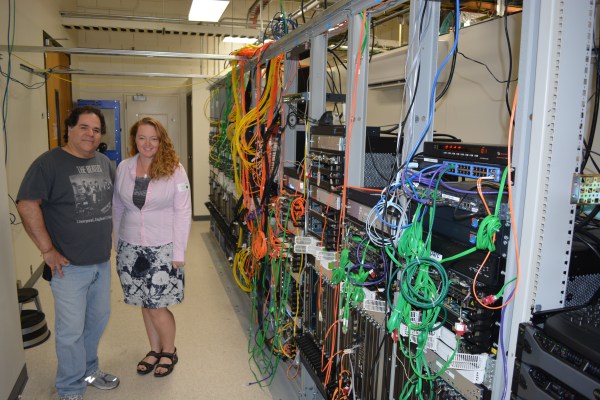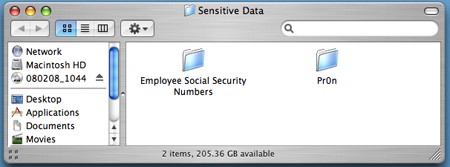You may be used to seeing rack mounted equipment with wires going everywhere. But there’s nothing ordinary about what’s going on here. [Elecia White] and [Dick Sillman] are posing with the backbone servers they’ve been designing to take networking into the era that surpasses IPv6. That’s right, this is the stuff of the future, a concept called Content Centric Networking.
Join me after the break for more about CCN, and also a recap of my tour of PARC. This is the legendary Palo Alto Research Company campus where a multitude of inventions (like the computer mouse, Ethernet, you know… small stuff) sprang into being.
Continue reading “Content Centric Networking And A Tour Of (Xerox) PARC”












